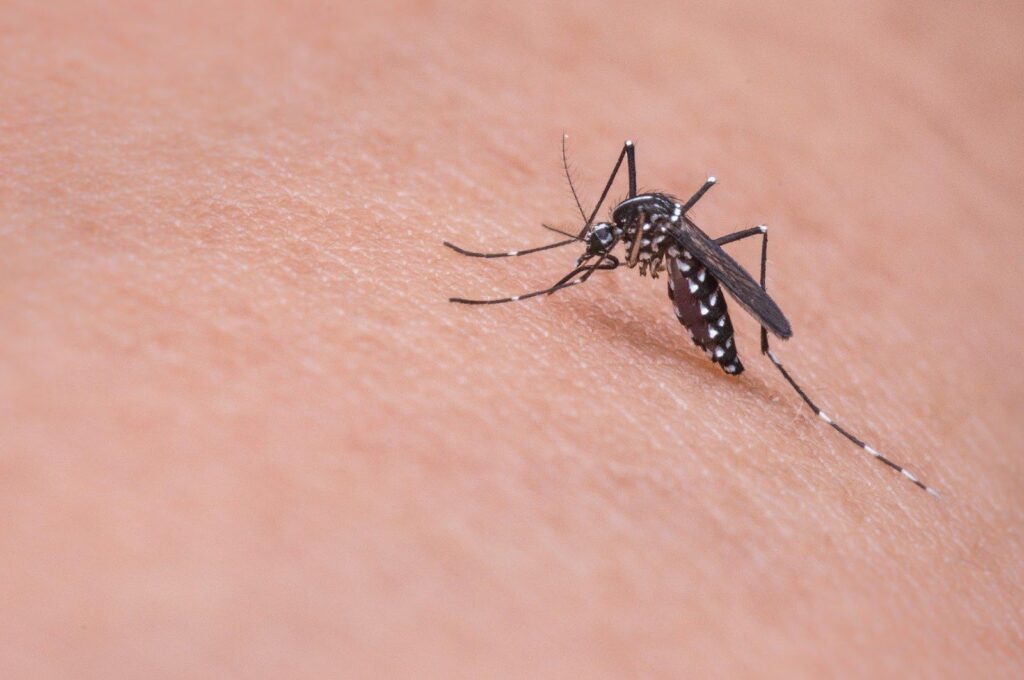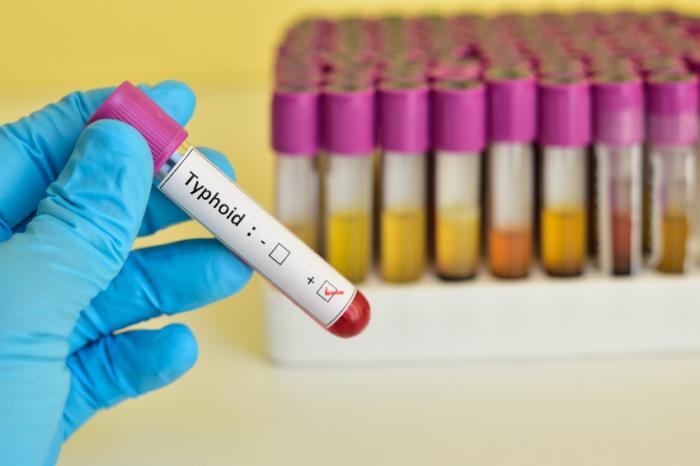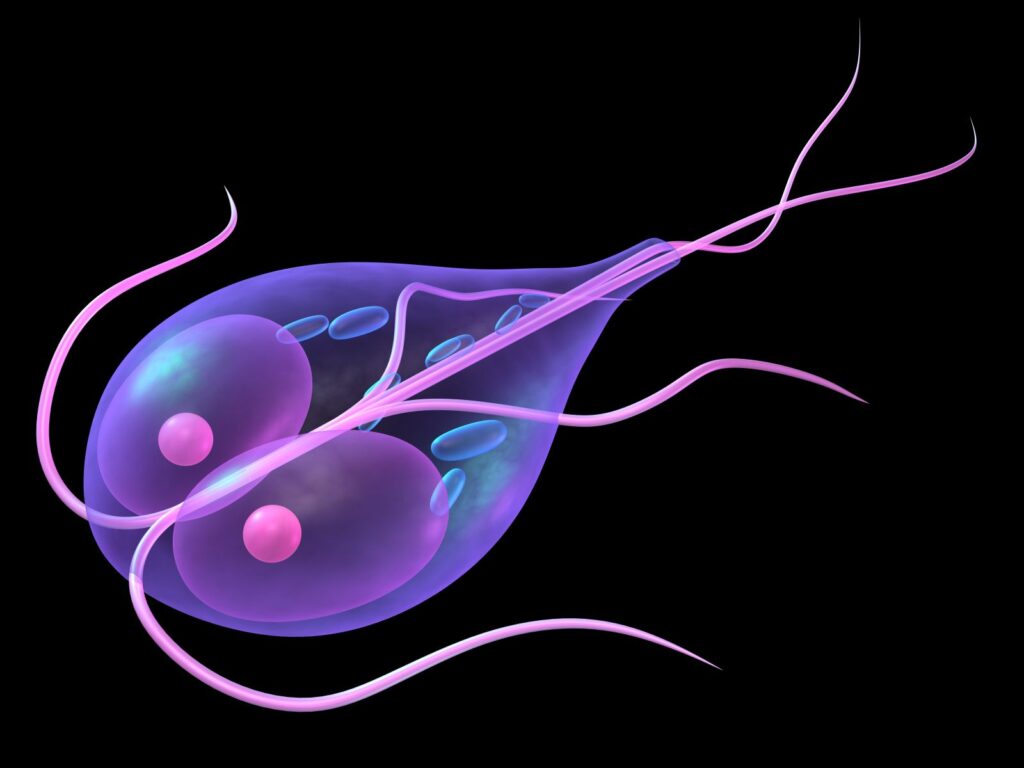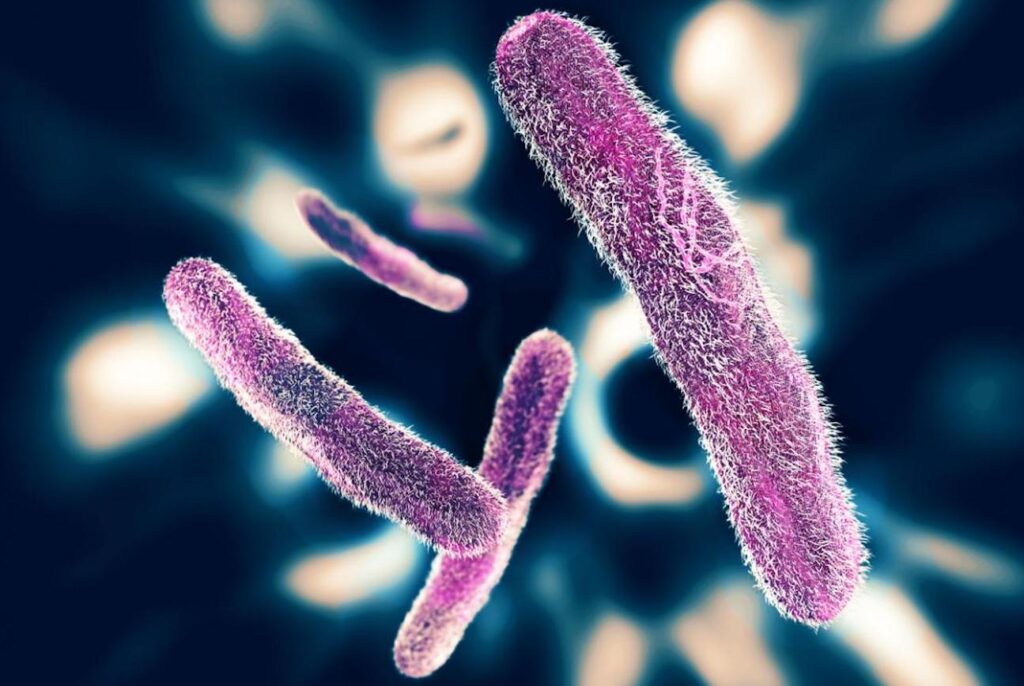Where there’s water, there will always be a lot of problems, and diseases. The explanation for this is quite simple. Water serves as an abode for many organisms of all sizes, which increases the chances of coming into contact with a dangerous waterborne ailment.
If you happen to live next to a large water body like a river or a lake, or if your property has some kind of a pond, you may need to think twice before taking a dip or drinking directly from the source, no matter how clean the water may look. The following are some of the most common waterborne diseases that you should be wary of.
1. Malaria Fever

Stagnant water is the perfect breeding ground for mosquitoes, and these are known careers of the Malaria virus that’s responsible for the often dangerous malaria fever known to kill people if medical attention is not administered on time. The most notorious type of mosquito that is known for spreading the diseases is the plasmodium parasite mosquito.
Some of the symptoms you may experience if you are suffering from malaria include body chills, fevers, and headaches. You can deal with mosquitoes by spraying pesticides, adding a film of paraffin over the eater, although these two are dangerous to other animals. The best option would be to sleep under a mosquito net or apply mosquito repellant on your skin.
2. Typhoid Fever

More than 20 million people are estimated to suffer from typhoid fever every year, making it one of the most contagious waterborne diseases around. It is spread by contaminated water, food, and general poor sanitation. Like most of the other diseases on this list, there’s no way of telling if the water you are dealing with is contaminated or not. The symptoms associated with typhoid fever include fatigue, diarrhea, constant sweating, a gradually increasing fever, and high temperatures, and muscle aches.
The best way of dealing with typhoid fever would be boiling water before drinking, maintaining hygienic conditions, and eating clean food. There’s also a vaccine for the disease that can be taken through injection or orally.
3. Giardia

Giardia is a waterborne disease that is commonly spread through contaminated water found in streams and ponds. Drinking this kind of water will immediately introduce the parasite responsible into the body. The disease typically clears away after a few days of medication, but the parasite’s lasting effects usually leave the patient with intestinal problems that keep recurring regularly.
Giardia’s disease symptoms include cramps and bloating, weight loss, diarrhea, abdominal pain, and nausea. The best way to deal with the diseases is to maintain high hygiene standards, avoiding swallowing untreated water in pools or ponds when swimming, and teaching healthy practices for people that stay near water sources that may have the potential of having the parasite that causes the disease.
4. Dysentery

Dysentery is an intestinal infection caused by a number of viruses, bacteria, and parasites in untreated water and unsafe food. It is very common in places where people don’t observe the cleanliness of the highest standards, like operating with unwashed hands after leaving the toilet or touching uncovered food and water.
The symptoms of dysentery disease include diarrhea, bloody mucous, stomach cramps, vomiting, nausea, fever, and dehydration. If the patient doesn’t take enough fluids on time, they risk getting into more trouble.
To keep the disease under control, simply observe cleanliness at all times, cover the food and only drink treated or boiled water. Dysentery can be taken care of by plenty of rest, drinking fluids, and taking counter medications.
5. Hepatitis A

Hepatitis A attacks the liver and is introduced into the body when a person takes contaminated food and water or when they come into physical contact with someone suffering from the disease. It is very common in places where people don’t have good hygiene practices like washing the hands after leaving the toilet, cleaning their surroundings, covering food, and drinking unboiled or untreated water.
The disease symptoms include fatigue, abdominal pain, fever, loss of appetite, nausea and vomiting, jaundice, and high labels of constipation with clay-colored bowel movements. The disease can be handled by the observation of cleanliness at all times. It also has a vaccine that has been on a rollout in some parts of the world. Food should also be cooked well, especially where meaty dishes are involved. You should avoid eating food from open-air vendors as that could be contaminated and dangerous.
The good news is that once a person gets a Hepatitis A vaccine, they’ll never contract the disease again. However, the lasting effects of surviving the diseases do take a toll on the body, and it will be a while before the liver gets back to functioning as it should.
Conclusion
Waterborne diseases are among the leading causes of death around the world, especially in developed countries and places where sanitation systems are not well designed. When the water channels and the sewage systems are not well separated, these diseases find a way to get to people.
If you own a pond and are worried about being exposed to disease of this nature, there are certain tools you can use to ensure that no harmful organisms find a home in your pond without harming the fish inside; simply visit www.imountaintree.com and check out the options you can try.






